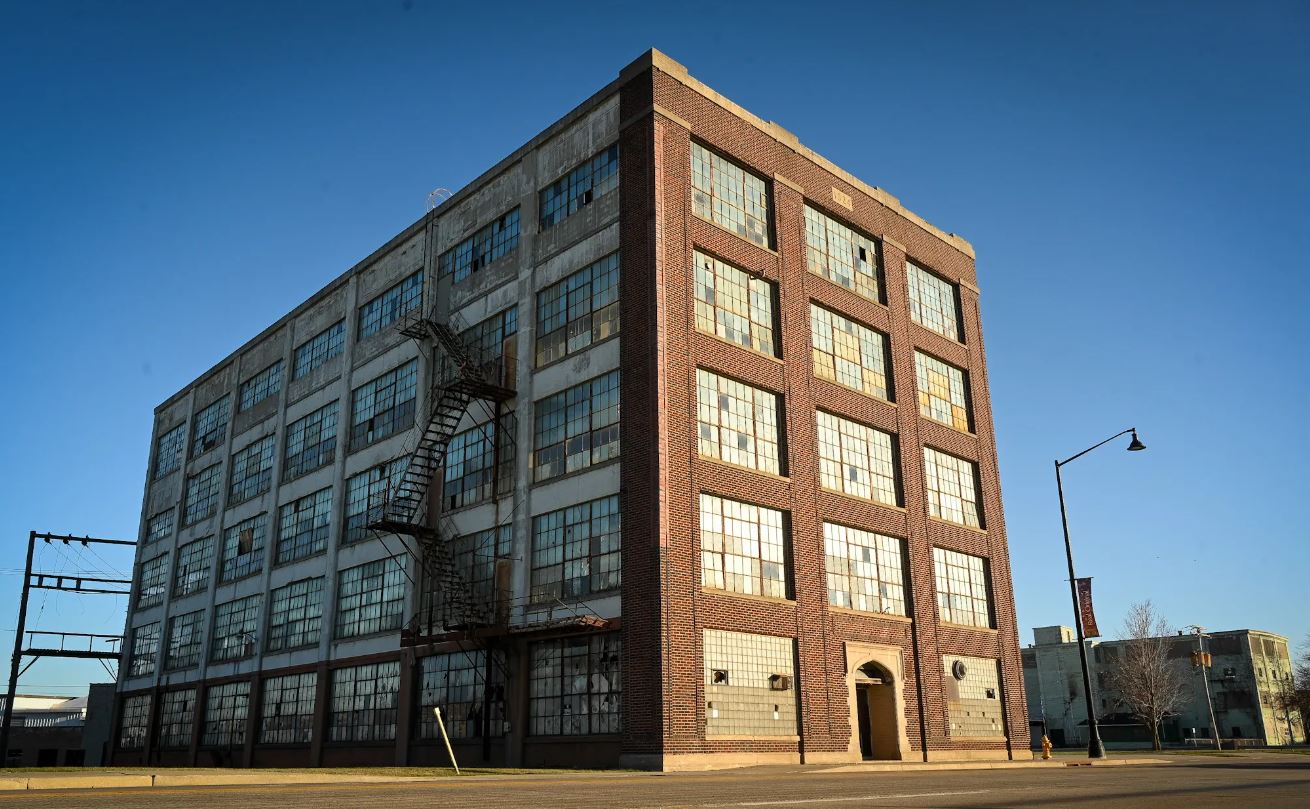The Illinois Historic Preservation Tax Credit Program provides a state income tax credit equal to 25 percent of a project’s Qualified Rehabilitation Expenditures, not to exceed $3 million, to owners of certified historic structures who undertake certified rehabilitations. These substantial investments are creating jobs in Illinois, stimulating local economies, and revitalizing historic structures and neighborhoods. The program took effect in 2019 and has been extended through 2028.
The use of historic tax credits in Illinois has proven to be an effective tool to spur private investment in historic buildings. These rehabilitation projects are labor intensive, so a larger share of the project costs go directly to labor income than in new construction projects. That income, in turn, is invested into local economies by workers. Local governments are also major beneficiaries of this investment, ultimately receiving $30,000 every year in property tax collections for every $250,000 awarded in state tax credits. The investment made by the state is a one-time investment, but municipalities will see the benefits of increased tax revenues for years to come.
The tax credit program allocates up to $15 million annually to selected preservation projects. The program creates jobs, improves an area’s property tax value, and stimulates redevelopment for neighboring buildings. It also gets more buildings back on the tax rolls in local communities. Without this tax credit, Illinois risks losing hundreds of redevelopment, investment, and job creation opportunities to neighboring states that have this type of incentive, thereby slowing overall economic recovery.
The Cooperage 214 in Peoria is one example of a historic preservation project in Illinois that used the Preservation Tax Credit. The preservation project at Cooperage 214 transformed a 27,000 square foot cooperage factory in Peoria’s downtown warehouse district into attractive office space and 18 luxury apartments. The property was originally a barrel-making workshop for nearby whiskey distiller Hiram Walker. It received the Landmarks Illinois Preservation Award for adaptive reuse.
“Downtown Peoria’s incredible use of this tax credit shows what can be done when the right incentives are presented to spur economic growth,” stated Rep. Ryan Spain (R-Peoria), a member of the Peoria Downtown Development Corporation. “By investing in Illinois’ future through its past, once vacant or decaying areas are reborn as beautiful and restored properties which contribute to our economy.”
In Rockford, the River Edge Historic Tax Credit Program was used to transform a vacant industrial building on Main Street into the Water Power Lofts. The $19.5 million investment is bringing 64 new residential units to downtown.
“Finding ways to revitalize and restore historical buildings should be a huge priority in Illinois,” stated Rep. Joe Sosnowski (R-Rockford). “The Preservation Tax Credit Program provides great incentives, and the Rockford downtown area has already been a beneficiary of these developments. The economic impacts are tremendous with this program.”
